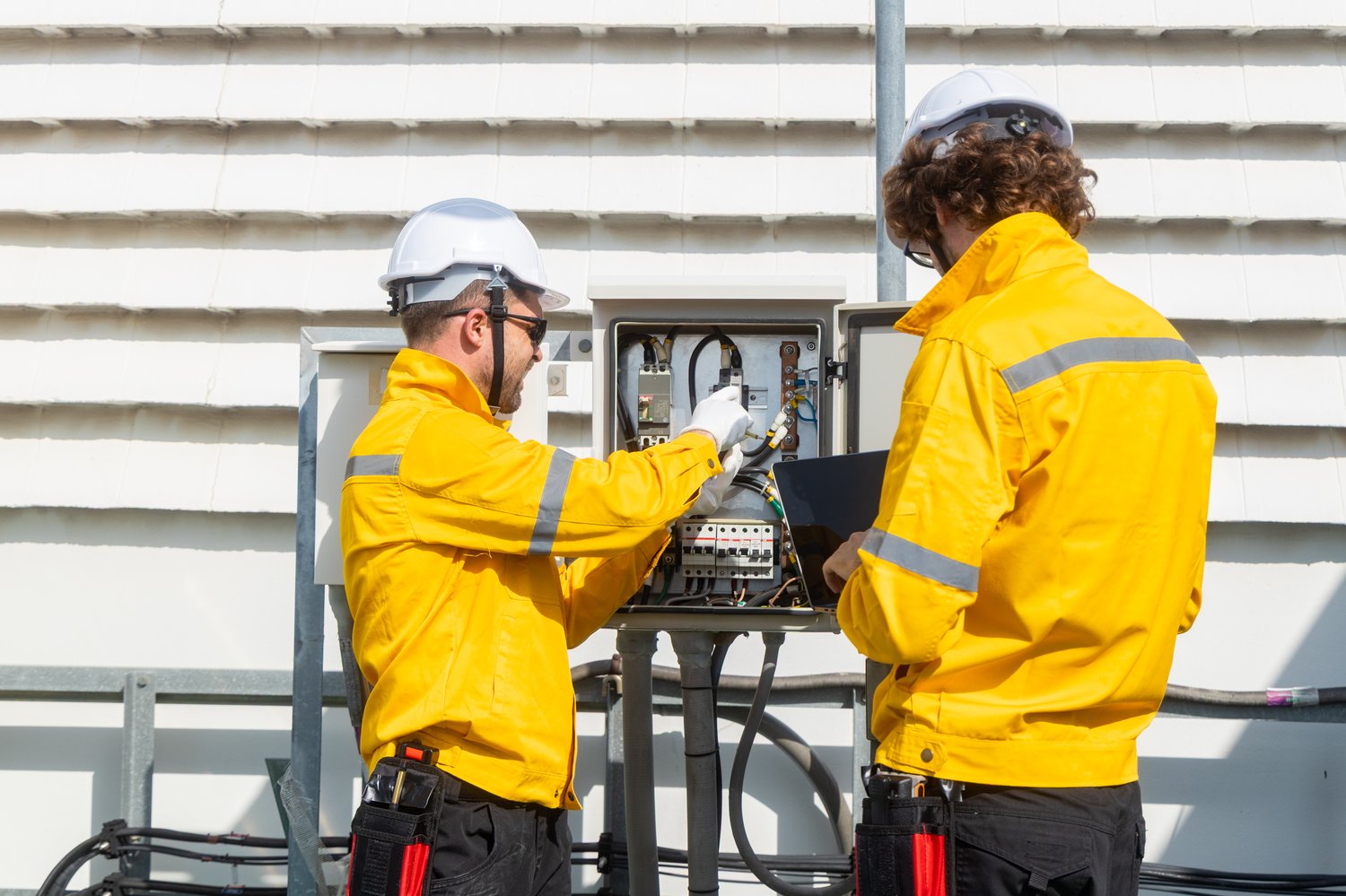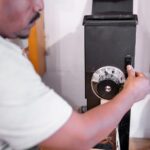Outdoor electrical installations demand attention to detail, especially when weatherproofing is at stake. Ensuring your outdoor electrical box is installed with the right materials and techniques is essential not only for the safety of your home but also for maintaining efficient electrical performance in all weather conditions. Dive into this guide to explore how to achieve a seamless, weatherproof installation that stands the test of time.
- Discover the different types of outdoor electrical boxes and how to choose the best one for your needs.
- Learn about the materials that provide longevity and protection against the elements, from corrosion-resistant metals to durable plastics.
- Follow a detailed, step-by-step guide to the installation process, including tools, safety precautions, and best practices.
By following these expert recommendations, you’ll be equipped with the knowledge to complete an installation that not only meets but exceeds safety standards, ensuring long-lasting and effective weatherproof protection. Whether you’re a seasoned DIY enthusiast or considering professional consultation, this article offers the valuable insights needed for successful outdoor electrical box installations.
Choosing the Right Outdoor Electrical Box for Installation: Weatherproof Wiring Solutions
Understanding the various types of outdoor electrical boxes is crucial for a successful installation. Selecting the right outdoor electrical junction box not only ensures safety but also maximizes durability against environmental factors. Consider an electrical box housing made from robust materials that are resistant to weather extremes.
To begin, assess the specific requirements of your project. Will the installation be exposed to rain, extreme temperatures, or coastal salt air? Each of these conditions demands different features in your electrical box. Furthermore, evaluate whether you need additional features like built-in seals or covers for extra protection.
Boxes made from high-impact-resistant materials are ideal for areas prone to physical damage. Additionally, look for products that conform to industry standards for weatherproofing, such as IP ratings, which indicate levels of protection against liquids and solids. A strategic choice tailored to your environmental context will provide reliable performance and reduce maintenance needs.
Material Considerations for Weatherproof Wiring Solutions
Diving into material considerations for outdoor electrical boxes can significantly affect the longevity and reliability of your installation. Corrosion-resistant metals like stainless steel or aluminum are excellent for areas with high humidity or salt exposure.
Alternatively, durable plastics, such as polycarbonate or PVC, are not only lightweight but also provide excellent insulation properties. These materials resist UV degradation, making them an excellent choice for outdoor installations that receive direct sunlight.
When choosing your materials, factor in not just the environmental conditions, but also potential interactions with installed equipment. Metal boxes, while robust, may require grounding procedures to ensure safety. On the other hand, plastics might offer flexibility in more space-restricted areas.
In sum, selecting the right materials guarantees that your outdoor electrical wiring solutions can withstand environmental stress while ensuring compliance with safety standards.
Steps for Proper Outdoor Electrical Box Installation: Weatherproof Wiring Solutions
Installing an outdoor electrical box requires precision and adherence to specific standards. With this step-by-step guide, you can confidently manage the installation process while ensuring your wiring solutions remain secure and weatherproof. Proper installation is key to safety, efficiency, and longevity of your outdoor electrical system.
Prepare the Right Tools and Materials
Before beginning your project, gather all necessary tools and materials. This includes a weatherproof electrical box, screwdrivers, a drill, wire stripper, conduit sealant, and weatherproof gaskets. Having these items on hand ensures a seamless installation process.
Turn Off the Power
Safety first: Always turn off the power at the main circuit breaker to avoid any accidental electrical shocks. It’s crucial to verify that the power is off using a voltage tester.
Choose the Installation Location
Select a dry, elevated area that’s easily accessible yet protected from direct exposure to rain or snow. This enhances the longevity and performance of your outdoor electrical box, ensuring effective weatherproofing.
Drill and Secure the Electrical Box
Using a drill, create holes for mounting the box on your chosen surface. It’s important to ensure the box is level and securely fastened to avoid any potential damages or misalignments. Insert rubber grommets into the drilled holes for added protection of the wires.
Route and Connect the Wires
Carefully route the wiring through the entrance conduit, making sure to seal any gaps with conduit sealant to prevent moisture infiltration. Strip the wires and connect them to the corresponding terminals within the box. Double-check each connection for proper tightness.
Install the Weatherproof Gasket
Place the weatherproof gasket around the perimeter of the box to create a strong seal against environmental elements. This step is crucial for maintaining the weatherproof integrity of the installation.
Secure the Box Cover
Once all connections are verified and secure, attach the cover of the electrical box. Ensure that all screws are tightly fastened and the cover aligns properly with the gasket to prevent water intrusion.
Restore Power and Test
After completing the installation, restore power at the main circuit breaker. Perform a thorough check to ensure everything is functioning correctly. Regular testing will help maintain the weatherproof capabilities of your outdoor electrical wiring solution.
By following these steps, you ensure a compliant and effective outdoor electrical box installation. For added safety and precision, consult a professional, especially for complex tasks, to guarantee compliance with local building codes and safety standards.
FAQs on Outdoor Electrical Box Installation: Weatherproof Wiring Solutions
What is the best material for an outdoor electrical box?
Corrosion-resistant metals and durable plastics are ideal for weatherproof installations due to their longevity and resistance to harsh elements.
How do I ensure my electrical box is weatherproof?
Choose boxes with an IP rating suitable for outdoor use, and ensure all seals and gaskets are intact during installation.
Can I install an outdoor electrical box myself?
Yes, you can, if you have the necessary knowledge and tools. Follow the installation instructions carefully, but consult a professional for complex tasks.
What tools do I need for installing an outdoor electrical box?
Common tools include a screwdriver, wire stripper, drill, and voltage tester.
Are there any safety precautions I should take during installation?
Always shut off the power at the breaker box, wear appropriate safety gear, and ensure connections are insulated.





